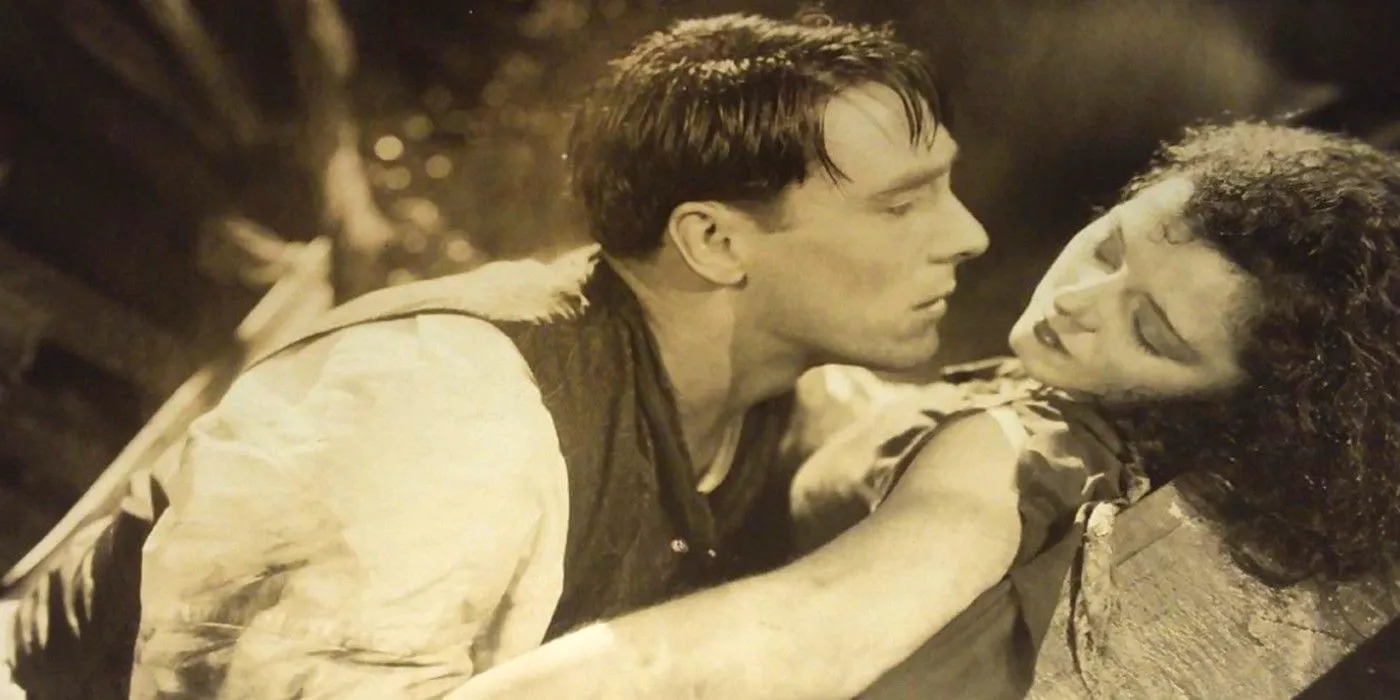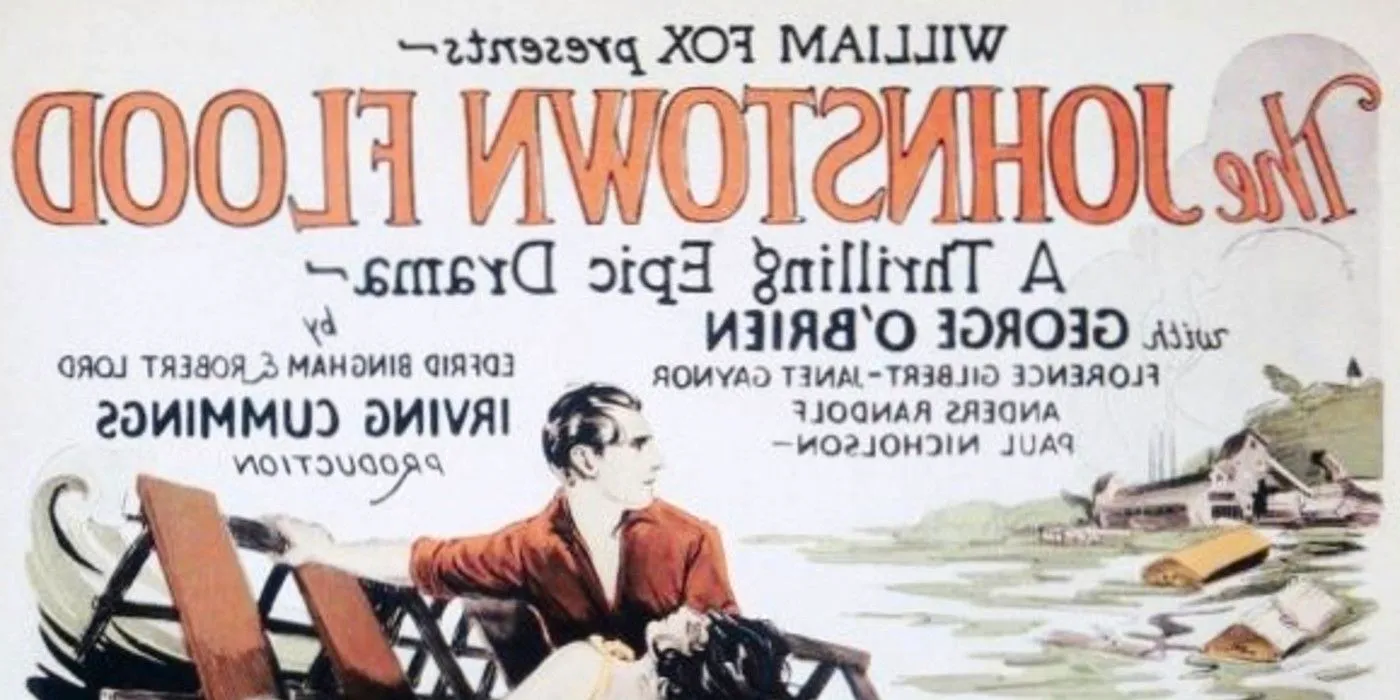Movies News Talk
The Johnstown Flood: The First Disaster Movie? A Cinematic Pioneer
Is The Johnstown Flood The First Disaster Movie?
While The Johnstown Flood movie might be one of the earliest examples of those disaster Movies to ever appear on film - it was released in 1926 - this silent film, known for its compelling and immersive events that center on the Johnstown Flood has received attention and applause for being one of the first attempts to showcase a disaster movie - that highlights a catastrophic event. It was a pioneering cinematic achievement - one that focused on using visual effects shots , especially by seamlessly blending miniature effects to capture the destruction of a major town.
With film historians, as well as VFX artists , praising the production - this has often been seen as one of the greatest productions to ever be released within a specific historical significance. It set the groundwork for future generations of disaster Movies, especially considering its innovative achievements (such as its innovative visual effects, including those sequences featuring how those miniature sets were crafted) to ensure that a powerful film was brought to life, serving as a tribute to how this specific, and very catastrophic, flood impacted history.
How Does The Johnstown Flood Differ from Modern Disaster Movies?

The Johnstown Flood movie , even though it appears to have several classic disaster movie tropes that are used today - it does have differences when it's compared to modern disaster movies. There's an absence of dialogue, particularly when you consider it's a silent film which often relied on those special effects. These techniques helped establish just how impactful its visual impact would be, as a movie - one that used a blend of those miniature effects.
Although those visual effect shots were remarkably realistic - one which continues to receive praise - today, it can be considered as being very different when it's compared to those modern disaster movies - particularly because of how these visual effects have evolved with time. This includes a greater level of detail and depth to its productions and, with advanced technologies such as CGI and advanced digital compositing - they're often designed to take viewers deeper into the world of a disaster movie.
What Makes The Johnstown Flood Look so Modern?

Although it appears to be classic disaster movie - in reality, the Johnstown Flood is an exceptional film for those interested in visual effects, in addition to the movie’s overall style.
The visual effect shots ( especially those shots of the flood and the dam break, the sequence that highlights the movie’s title) were not entirely dependent on digital techniques. It took advantage of miniature effects - showcasing how small-scale models, especially those sets representing a small town or those large structures, such as dams or even the structures in those sets - are crucial in creating realistic events, giving viewers a very distinct experience.
Why Was The Johnstown Flood Restored?

The Johnstown Flood, which highlighted its historical significance through film, was also one of the first attempts at those early cinematic experiences.
Although this was a silent film, film restoration, for a variety of films across a wide range of genres, was key in preserving its legacy. The Johnstown Flood was considered an important movie for film historians - one which had the capacity to bring to audiences an innovative piece - especially since it showcased miniature effects (which later became a foundation for those visual effects in films, and in turn, an influential component to what's known as a disaster movie and for those films that explore catastrophic events and how these visuals helped elevate how stories are told and experienced).
How Did The Johnstown Flood Change Cinematic Storytelling?
The Johnstown Flood (which served as a great example of how those disaster movie scenes - in particular its use of visual effects - could capture the world - has an incredibly rich historical significance)
Those film fans that love these kinds of films - particularly, those interested in disaster movies should be aware that it was a pivotal movie and had an enormous influence. It set a path, highlighting its innovative achievements for future productions, particularly those in disaster movie tropes that are commonly seen across a plethora of films (especially, as we see in modern disaster movies, which now make use of advanced technologies that may include those films that rely heavily on CGI), to give the audience a realistic view at these cinematic sequences.
Why are Disaster Movies Still So Popular Today?
Disaster movies, a genre that continues to capture viewers' imaginations, often center around the themes of catastrophe and resilience - it relies on those iconic characters and, of course, on the use of powerful special effects (those that have made these productions increasingly impressive with time - and as these films become more visually stunning as technologies have advanced).
While those earlier productions such as The Johnstown Flood used miniature effects and even other creative techniques that were innovative and visually-striking at the time - those more recent movies such as "2012," "The Day After Tomorrow" or "Twister" make use of advanced techniques, particularly those associated with computer-generated imagery. In many ways - this serves as a key component to deliver a realistic depiction - and the action that could otherwise be seen on screen, but the genre, despite this evolution in the special effects - it continues to provide fans a sense of escapism as they watch a variety of events that capture their imaginations.
- The Simpsons End Date: Is It Finally Time to Say Goodbye?
- Those About to Die: A Look at the Roman History and Entertainment of Peacock's Series
Related Articles
- The Simpsons End Date: Is It Finally Time to Say Goodbye?
- Star Trek: The Truth Behind Scotty's 'Miracle Worker' Title
- Saturday Night Live: 50 Seasons of Laughter and Political Satire
- Batman's Batmobile: Why Does It Have an EMP Cannon?
- Cancelled Marvel Movies: What Happened to These Characters?
- Is Spirited Away the OG Isekai? How a Ghibli Classic Started a Genre
- CSI: NY: Exploring Mac Taylor's Story and the Show's Darker Tone
- Beetlejuice 2: From Streaming to Box Office Success
- Mistborn Movie: Will Allomancy Shine on the Big Screen?
- Valheim: The Vegvisir - A Hidden Compass for Navigating the World
- Zoë Kravitz & Channing Tatum SPLIT! Hollywood Couple's SHOCKING Breakup After Engagement! Full Story Inside!
- Zoë Kravitz & Channing Tatum SPLIT! Hollywood Power Couple Calls Off Engagement After 3 Years! Details Inside!
- Kim Kardashian is a SINGLE MOM! Kanye West's Absence & How She's Handling it ALL!
- Sutton Foster Files for DIVORCE! Heartbreaking News After Years of Family Happiness. Details Inside!
- Taylor Swift Cruise HORROR! Passenger Falls Overboard, Search Suspended: Full Story Inside!
- Trump-Epstein Groping Allegation: Former Model's Bombshell Claim
- Jennifer Lawrence Pregnant Again! Baby #2 Announcement & Dodgers Game Pics!
- Don't Move Ending Explained: Iris's 'Thank You' and the Power of Resilience
- Edgar Wright & Michael Cera's 'The Running Man' Remake: A 'Scott Pilgrim' Reunion?
- New Predator Movie 2025: Animated Anthology - Samurai, Pirates & More!